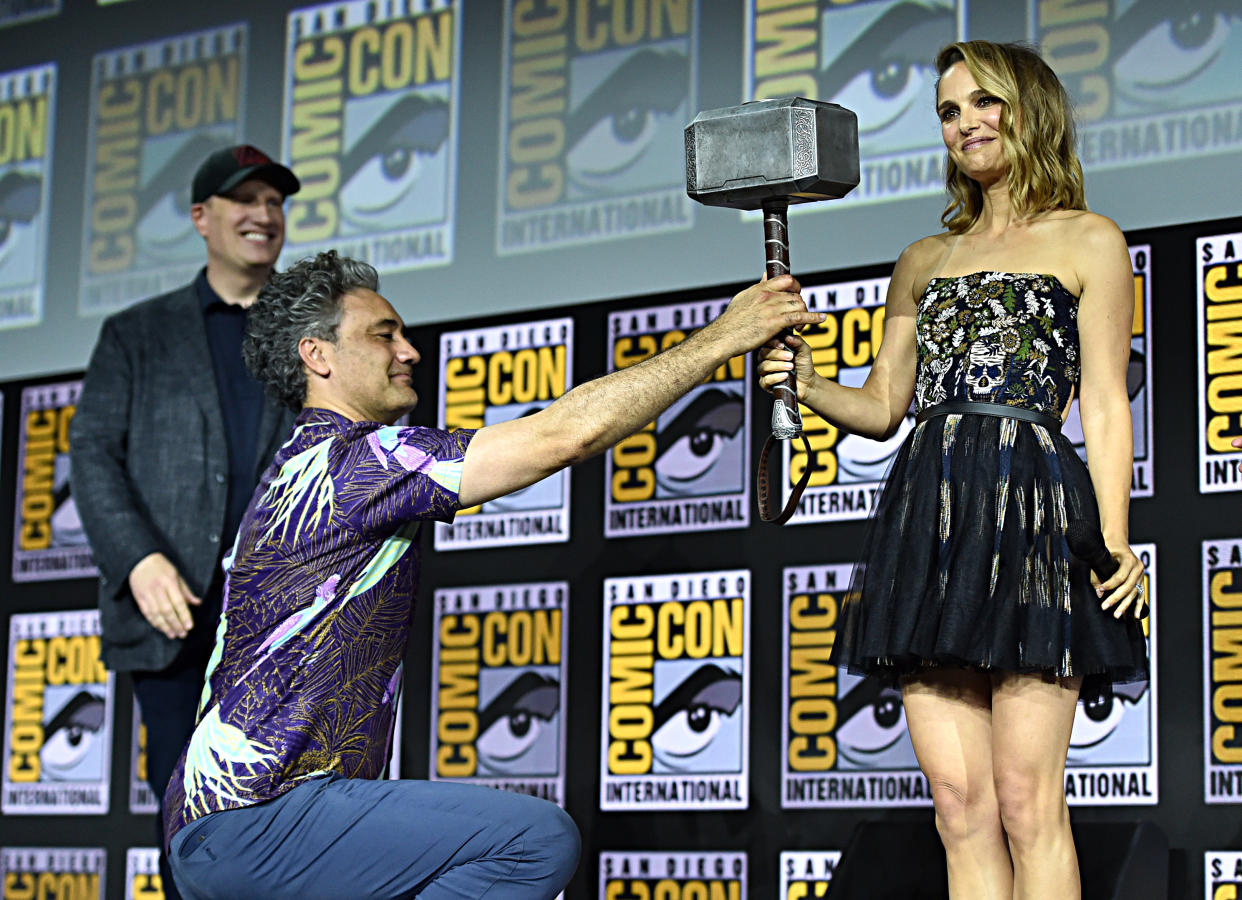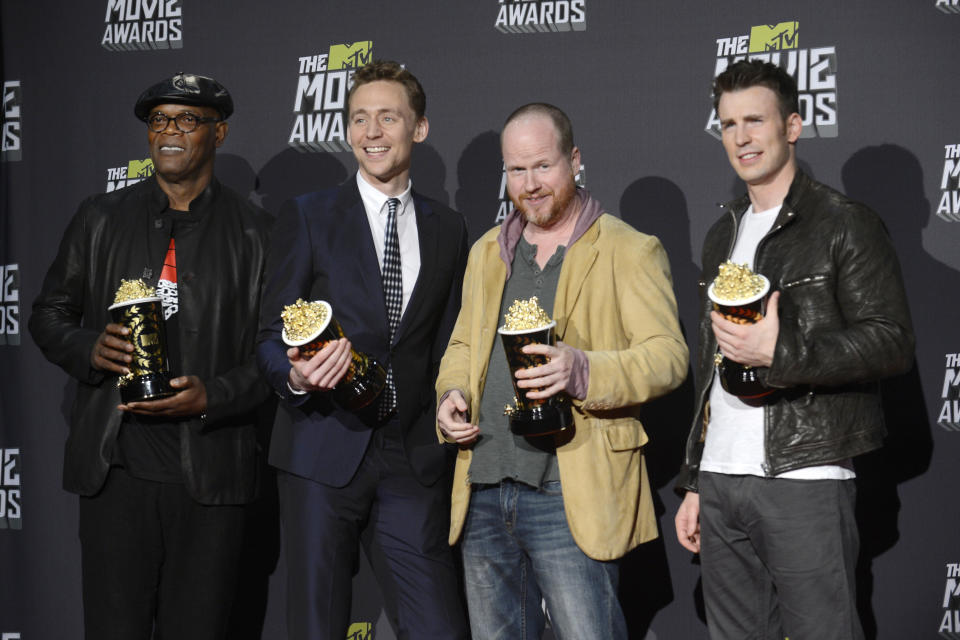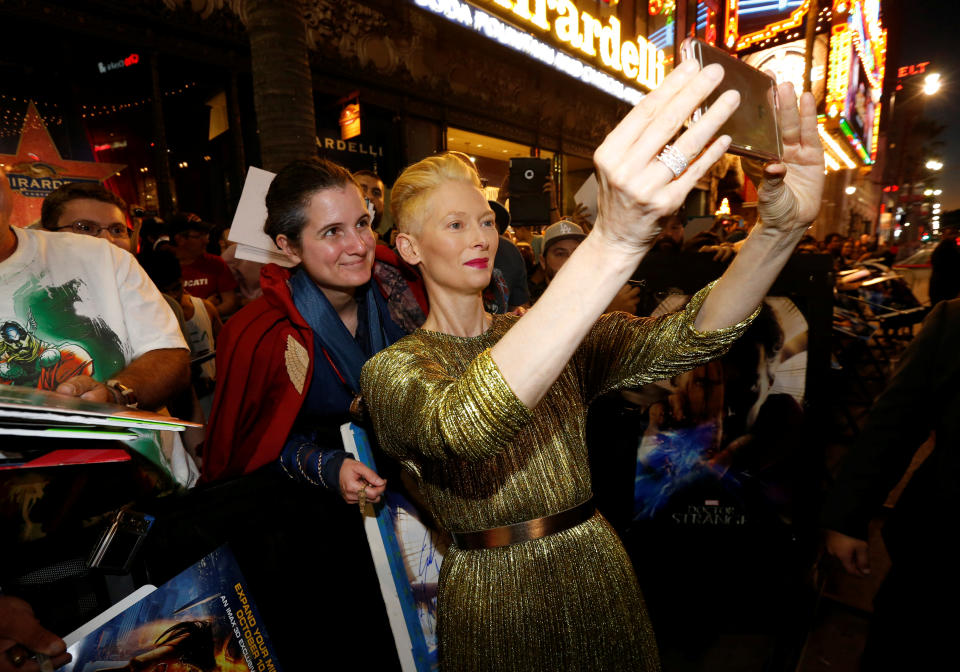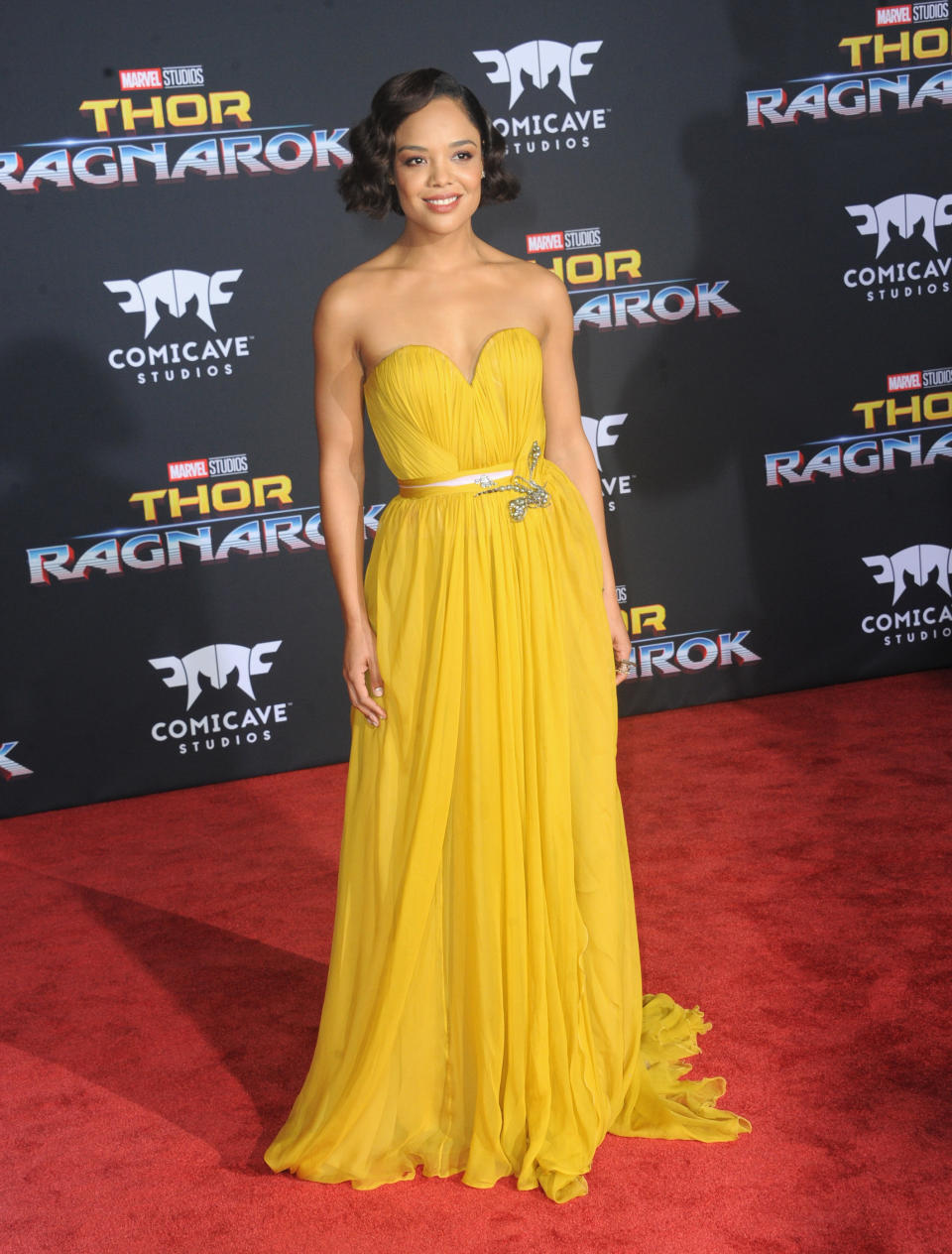Marvel diversity timeline: the road to the MCU’s diverse Phase 4

Marvel has announced its Phase 4 line-up, which is being praised as the studio most diverse selection of films yet. Black Panther 2 is part of it, which will be as packed with black talent as the first film.
We’re also getting Black Widow, Marvel’s second woman-led superhero movie - which is written and directed by women (Jac Schaeffer writes, Cate Shortland directs). We’ll get Shang-Chi, the first Asian superhero film, as well as The Eternals, directed by Chloé Zhao. Oh, and Natalie Portman’s Jane Foster will become the first woman Thor in Taika Waititi’s Thor: Love And Thunder.
But the MCU hasn’t always been this diverse, and there’s still plenty of work to be done, as our timeline proves. So, let’s revisit the MCU from a multicultural perspective, looking at top-billed talent only - we’re afraid it’s mostly bad news.
2008 - Iron Man and The Incredible Hulk

The movie that launched a cinematic universe wasn’t exactly universal onscreen - with a white lead, white villain, white love interest and the sole major black character relegated to a supporting sidekick role, who was considered expendable enough to recast when he asked for too much money.
James Rhodes (Terrance Howard) was the sole black lead in the MCU in 2008 (Samuel Jackson’s Nick Fury was still a cameo at this point), as The Incredible Hulk didn’t feature a single black character. Add in Tony Stark’s caddish attitude to women (probably influenced by either James Bond or Batman) and it’s not looking good for the first year of the MCU.
2010 - Iron Man 2

It’s still just Rhodey and Nick Fury in terms of characters, but at least the MCU’s added a new black actor to their talent line-up, with Don Cheadle pulling on the War Machine suit that Howard once said ‘Next time, baby!’ to.
2011 - Captain America: The First Avenger and Thor

Can someone tell Marvel that black people existed in World War I, World War II, and modern day New York? It’s still just Nick Fury in terms of major characters in The First Avenger.
Read more: Deadpool - third film not included in Marvel’s Phase Four
And, while packing Asgard out with mostly white people (props for casting the magnificent Idris Elba as Heimdall, even if he doesn’t get top billing) is sort of understandable from a historical perspective, this isn’t history, it’s made-up nonsense, so it would have been nice to see a more diverse throne room.
2012 - The Avengers

Man, Nick Fury is carrying a lot of representation responsibility on his shoulders in these movies.
2013 - Iron Man 3 and Thor: The Dark World

An increased role for Rhodey makes this one feel more like one of Shane Black’s buddy cop comedies than a traditional superhero movie. Add in the multiracial Sir Ben Kingsley as The Mandarin (a casting that subverts racist stereotyping in the comics), and the MCU is starting to make baby-steps towards a more representative cinematic universe.
That almost makes up for the fact The Dark World doesn’t contain a single top-billed person of colour. Almost.
2014 - Captain America: The Winter Soldier and Guardians Of The Galaxy

Let’s ignore The Winter Soldier, it’s the same old story there. But James Gunn’s approach to Guardians Of The Galaxy is genuinely refreshing - it’s the first MCU movie to have more top-billed people of colour than white people.
Admittedly, characters like Gamora, Groot and Drax aren’t the same colour as the people playing them, but we’re still counting this as a positive. Mainly because we really needs positives at this point.
2015 - Avengers: Age Of Ultron and Ant-Man

The Avengers added new heroes to their ranks in Age Of Ultron, but they’re all white folks. And the main villain’s silver. Must try harder.
Ant-Man does a bit better, but with Scott Lang’s hispanic sidekick and his Asian-American foil Agent Woo both providing comic relief rather than anything of substance, it’s not enough.
Still, with Ike Perlmutter leaving Marvel, and handing the reigns to Kevin Feige (with industry rumours suggesting that Feige wanted to increase diversity sooner, with Perlmutter stopping him) 2015 is a major turning point for the MCU’s attitude to representation.
2016 - Captain America: Civil War and Doctor Strange

Civil War introduces Black Panther, but bafflingly leaves Nick Fury out of the film (a situation which even annoyed Samuel L Jackson).
Meanwhile, Doctor Strange caused headlines by casting a white woman as an Asian character, leading to accusations of whitewashing.
Read more: Black Widow villain revealed in first look concept art
“Given the dearth of Asian roles, there was no reason a monk in Nepal could not be Asian,” Manaa president Rob Chan said. “Had [writer/director Scott] Derrickson cast an Asian as the revered leader who guides the main character to become a better human being and to develop his sorcery powers, it would’ve given a big boost to that actor’s career.”
“While actresses deserve the kinds of bold roles usually reserved for men, white actresses are seen onscreen more than Asians of any gender. And Tilda Swinton can afford to turn down roles.”
Oh dear.
2017 - Guardians Of The Galaxy Vol 2, Spider-Man: Homecoming and Thor: Ragnarok

Yes! Finally! With Guardians’ 50/50 split between white actors and people of colour, combined with Homecoming’s black love interest and Asian-American sidekick (even if Ned does suffer a bit from the Ant-Man syndrome of using the minority supporting actor as a figure of fun), this is definitely a positive step forward.
Oh, and Ragnarok is the most diverse Thor movie yet (even if there’s not that much competition), with Tessa Thompson’s Valkyrie swiftly becoming a fan favourite.
2018 - Black Panther, Avengers: Infinity War, and Ant-Man and The Wasp

More great news, with Black Panther doing more for diversity (both in front of the camera and behind it) than the rest of the MCU combined. Black Panther features six top-billed actors of colour, with just two top-billed white men (Martin Freeman and Andy Serkis, precious).
Its reward? Becoming the first superhero movie to be nominated for Best Picture - something even The Dark Knight didn’t achieve. The future of the MCU started here.
Saying that the Ryan Coogler’s movie was “the beginning,” Feige said, “That it worked out as well as it worked out just encourages us to head in the direction that we were going to head anyway. You look at that film and the experience of the film… it was incredible. That movie, obviously, would not have been what it was if everyone sitting around the table looked like me or you.”
Meanwhile, Avengers: Infinity War had twelve white top-billed stars and just seven people of colour. Ant-Man and the Wasp was basically Ant-Man, with a cool woman co-lead. Also positive, then.
2019 - Captain Marvel and Avengers: Endgame

Endgame didn’t snap a more diverse cast into existence, but it can be seen as a step through a glowing golden circle in the right direction.
We had our first openly gay character in the MCU (even if he was an unnamed dude in a support group, he was played by one of the directors).
There was THAT moment where all the woman heroes came together to strut in Thanos’ general direction (even if it was a bit cheesy) and, perhaps most significantly, we had Steve Rogers passing his shield to Sam Wilson, meaning the next Captain America will be black.
Captain Marvel finally gave the MCU its first woman lead, but it was generally a bit underwhelming. Still, it’s another step forward - especially as it also gave Marvel their first woman (co)director in Anna Boden (with Ryan Fleck).
Let’s hope these are signs of a true new dawn, which Phase 4 certainly seems to represent, and not the half measures the MCU seems to have pulled so far - going by the facts laid out in this timeline.

 Yahoo Movies
Yahoo Movies 

